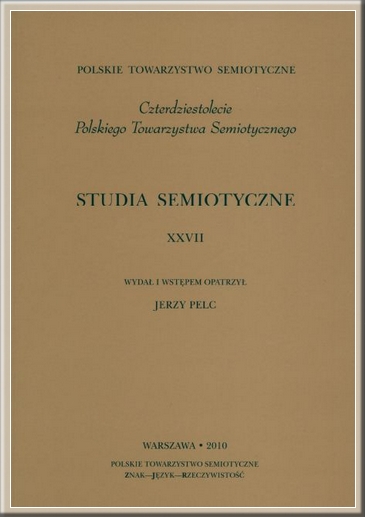Abstrakt
In his oft-cited, if rarely read book, Noam Chomsky (Chomsky 1956) ventured to propose a hierarchy of formal grammars. He defined them as rules for rewriting strings of terminal and nonterminal symbols into different strings of terminal and nonterminal symbols, thus giving birth to what is today known as the Chomsky hierarchy. The author himself claimed the theory applied exclusively to formal languages, but in his considerations he also happened to formulate a problem relating to natural languages, namely, to which formal grammar category descriptive grammars of natural languages belong? While restraining from siding with any answer to the problem, Chomsky sparked a long philosophical and linguistic discussion revolving around complex structures in natural languages.

